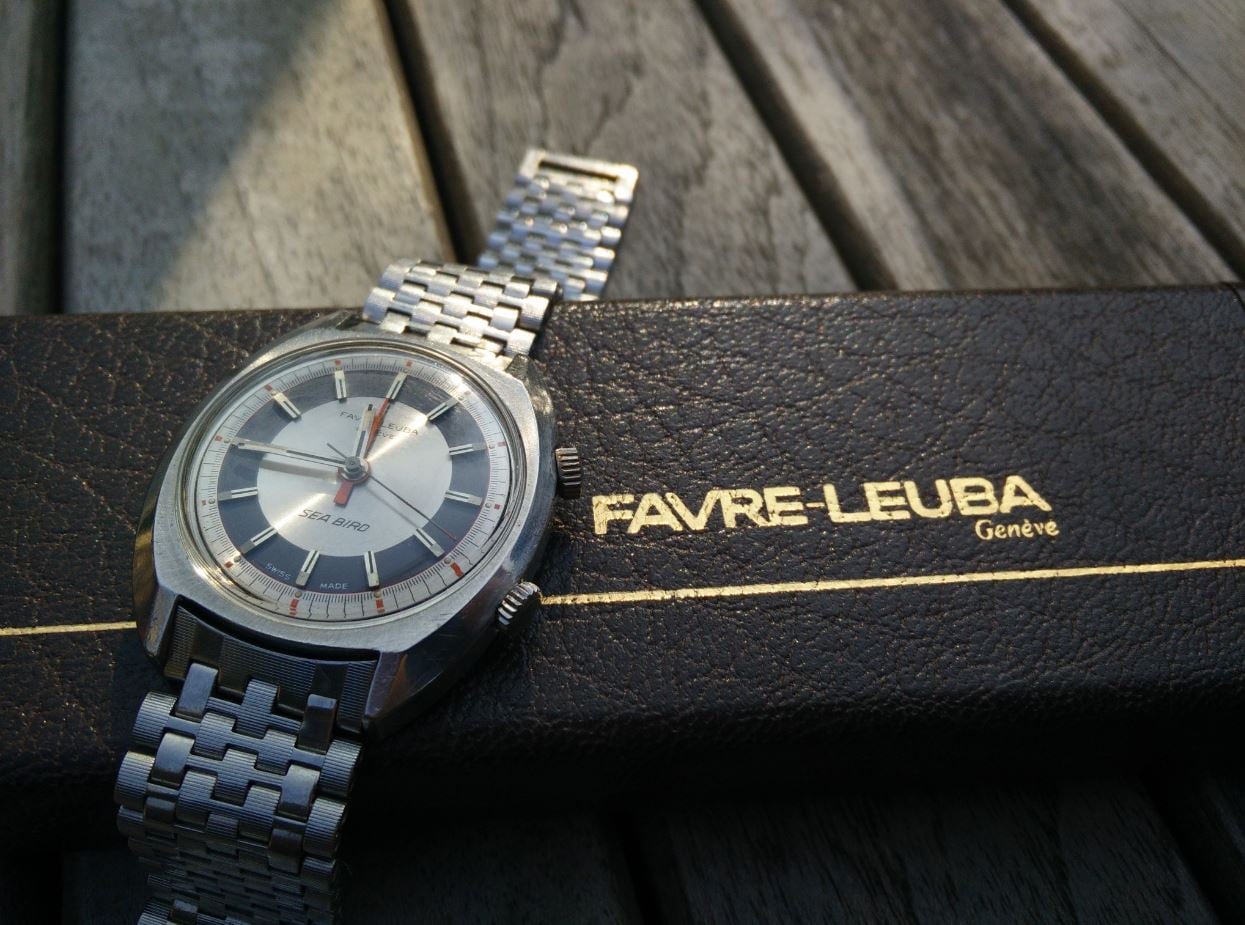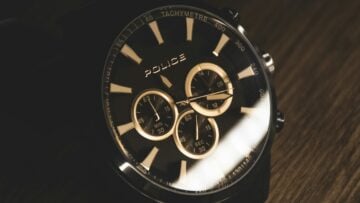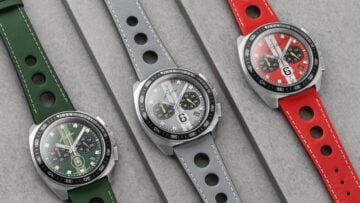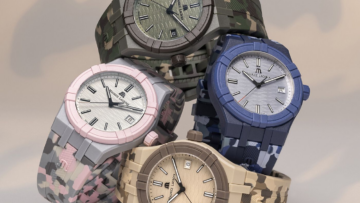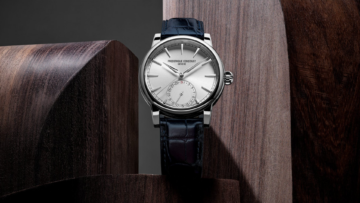Favre-Leuba is the second oldest Swiss watchmaking brand and was born back in 1737. The brand celebrated its 280th anniversary back in 2017. This was to commemorate the length of time Favre-Leuba has been crafting watches as well as the milestones the brand have achieved since they began. So, for those looking to expand their knowledge of Favre-Leuba, here is a look at the history of Favre-Leuba watches.
The History of Favre-Leuba Watches Overview:
The First Step 1737-1779
Favre-Leuba was founded by Abraham Favre. The story of this watch brand starts with an official document that can be traced back to 1737 which mentions a small watchmakers workshop within Le Locle, the birthplace of the Swiss watch industry. In the years prior to this, Abraham Favre completed an apprenticeship in watchmaking. His goal was to be the first in his family to learn the craft.
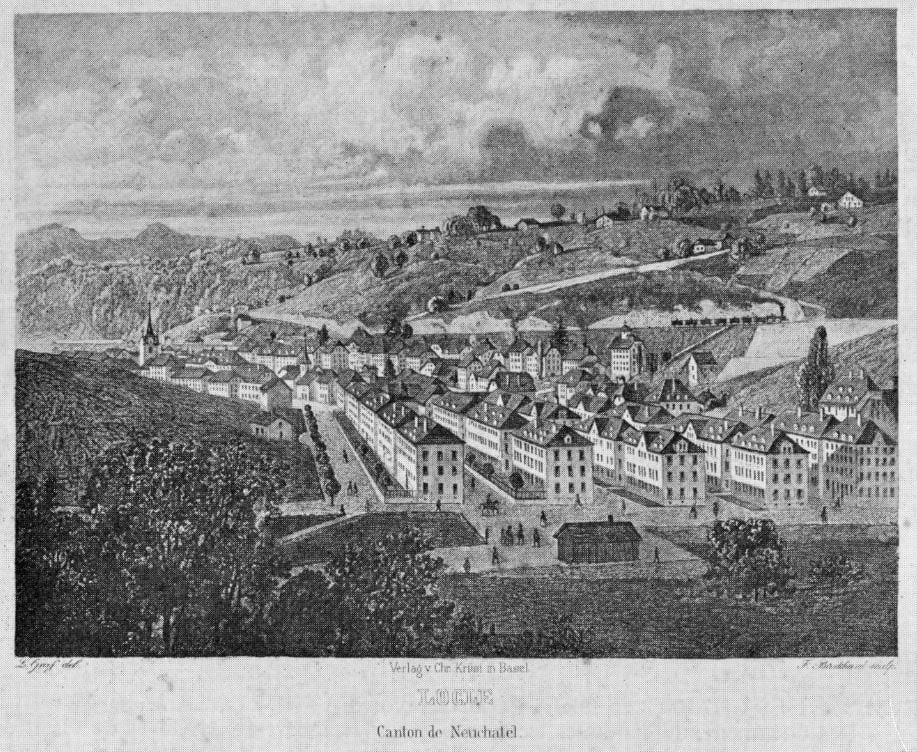
It was Abraham Favre that laid the foundations of the brand as we know it today. He built up Favre-Leuba’s reputation which is now known to create high quality and reliable watches. This watch brand was run by eight generations of the Favre family.
Brand Expansion 1780-1899
It was during this period of time that the successful Abraham Favre passed down his business to his son, also named Abraham. Around 1780 an exquisite pocket watch was crafted with a silver double case. The high-quality movement within this pocket watch was engraved with ‘A. Favre Fils au Locle’.
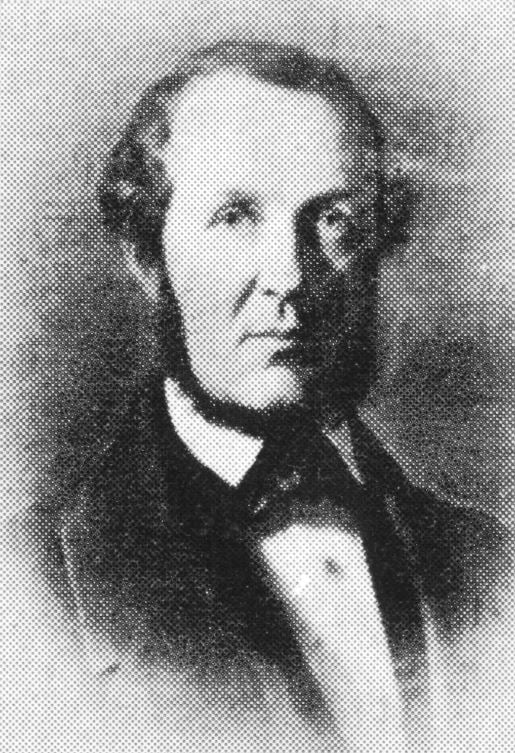
On the 1st October 1792, the younger Abraham founded the company ‘A Favre & Fils’ with his own sons, Frederic and Henry-Louis. At this time the company began to grow and it was due to this expansion that Henry- Auguste, Frederics son, began to run the watchmaking business. He was the fourth generation of the Favre family to run the business. During this time he joined forces with Auguste Leuba and began to travel the world, from Europe to South America, so that he could establish the brand and sell exquisite pocket watches in foreign markets.
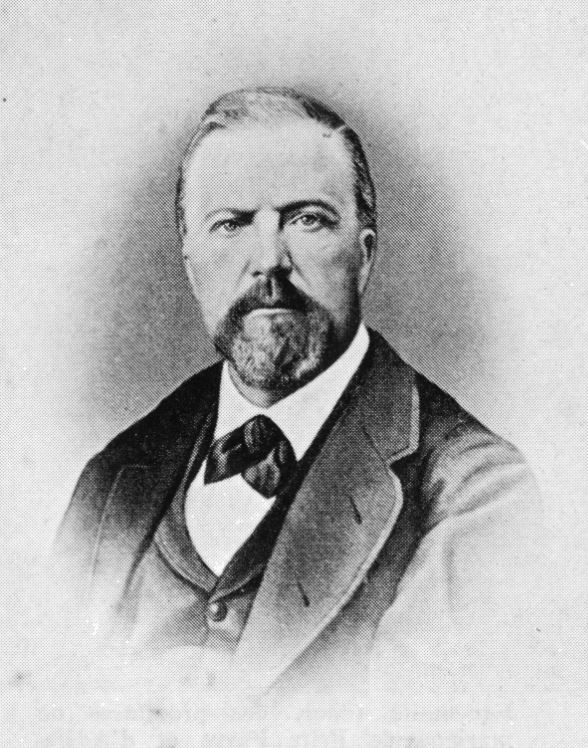
Henry-Auguste’s son, Fritz Favre, who married Adele-Fanny Leuba in 1855 and decided to use the double-barrel name Favre-Leuba, proved to be an heir for the families watchmaking business. He was successful in expanding the business as per his father’s wishes and travelled across the continents. he travelled to India between 1865 and 1867 and launched the brand as the first Swiss watch manufacturer on the subcontinent.
The Courage to Change 1900-1945
Fritz Favre’s children, in particular Henri Favre-Leuba, assumed leadership of the family business in 1908 and remained the President of the Board of Directors until his death in 1961. The headquarters for the watch company was also moved to Geneva during this time.

In the early 1900s, wristwatches began to replace pocket watches, which had been the standard up until this point in time. Favre-Leuba also began to create watches which included the first monopusher chronograph in 1925 and the Datora in 1946 which featured a hound-wound movement and a calendar. Chronometers were also created in the brand’s workshop and presented with multiple first prizes for their outstanding accuracy by the Neuchatel Observatory.
Challenging Times 1946-1969
After the second world war, Favre-Leuba went through challenging times. The brand was able to count on a stable position within India but the brand lost a lot of presence in other markets. Dr Henry A. Favre, the seventh generation of the family to run the business, worked with great effort to ensure that the brand once again cemented the excellent reputation it still enjoys to this day. There were setbacks across Europe which meant that Favre-Leuba had to halt the creation of their in-house movements and it wasn’t until 1963 that the brand was able to return to manufacturing them again.
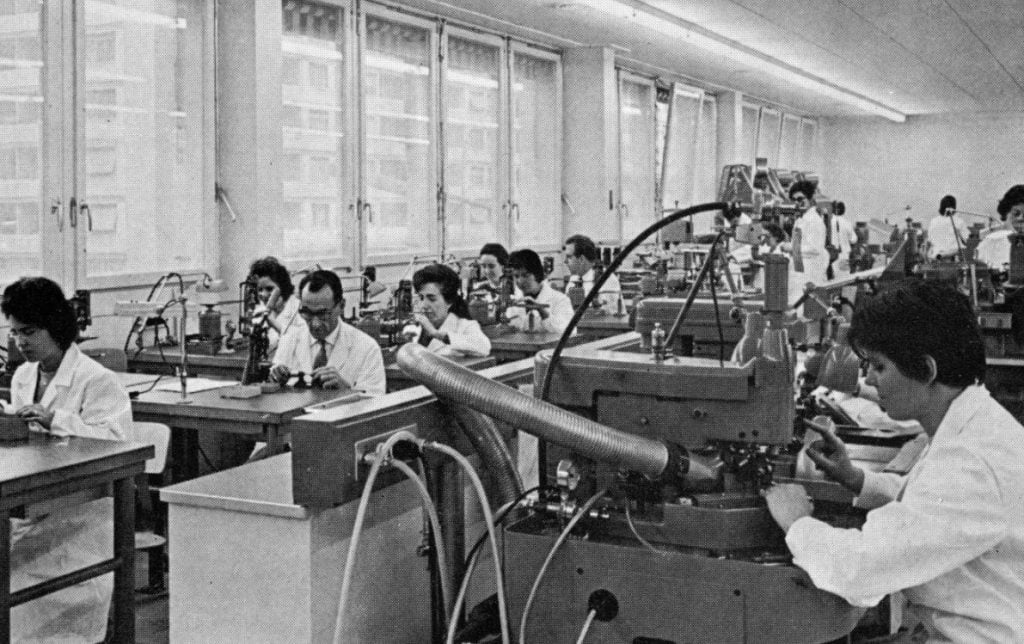
During this time, Favre-Leuba remained committed to producing tough and functional watches, useful for any situation. It was in the 1950s and 60s that they began to advertise the slogan, ‘The Swiss Watch For All Climates’ which summed up the approach the brand were aiming for during this period. The development of the Bivouac, equipped with an altimeter and barometer was the next for the brand. The watch was designed to assist those looking to conquer the high altitudes of the mountains.
Favre-Leuba had already produced two diving watches in the 1960s, the Water Deep and the Deep Blue, water-resistant to 200 metres. This was at the same time that the Bivouac’s huge success encouraged the brand to use the aneroid barometer to measure the pressure underwater. In 1968, Favre-Leuba launched the Bathy which was the first mechanical wristwatch in the world to show current dive depth as well as dive time.
Style-Defining Aesthetics 1970-1979
Favre-Leuba’s outstanding technological advancements also reflect in their design which was established as we know it today in the 1970s. The brand formulated a clear and expressive design which was characterised by the Sea Chief, Bivouac, Deep Blue and Bathy models.
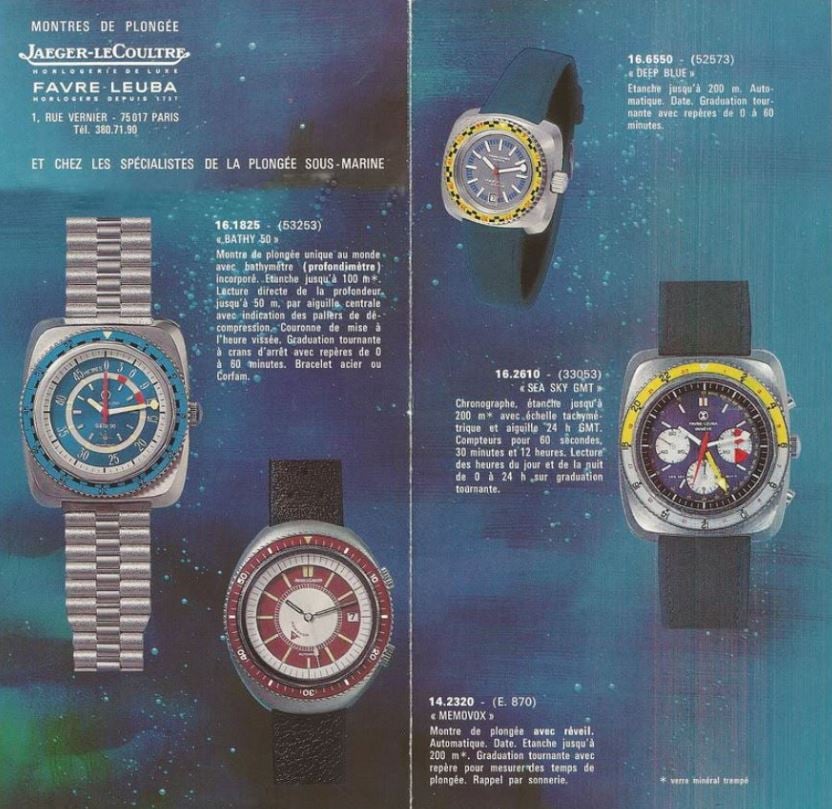
The main features of their retro-futuristic designs that are present in the collections today include the tetradecagonal bezel, the shape of the case and distinctive hands. Favre-Leuba launched several different models in the 1970s which marked their overall transition to suit the style of the time.
Into the Present Day 1980-2016
Within this period, Henry A. Favre handed over the company to his sons Florian and Eric A Favre. The introduction of cheap quartz movements in 1969 plunged the Swiss watch industry into crisis. As a result of this crisis, the family were forced to sell the company in the 1980s. Following a number of changes of ownership, Favre-Leuba was taken over by the Tata group in 2011 who moved the companies headquarters to Zug.
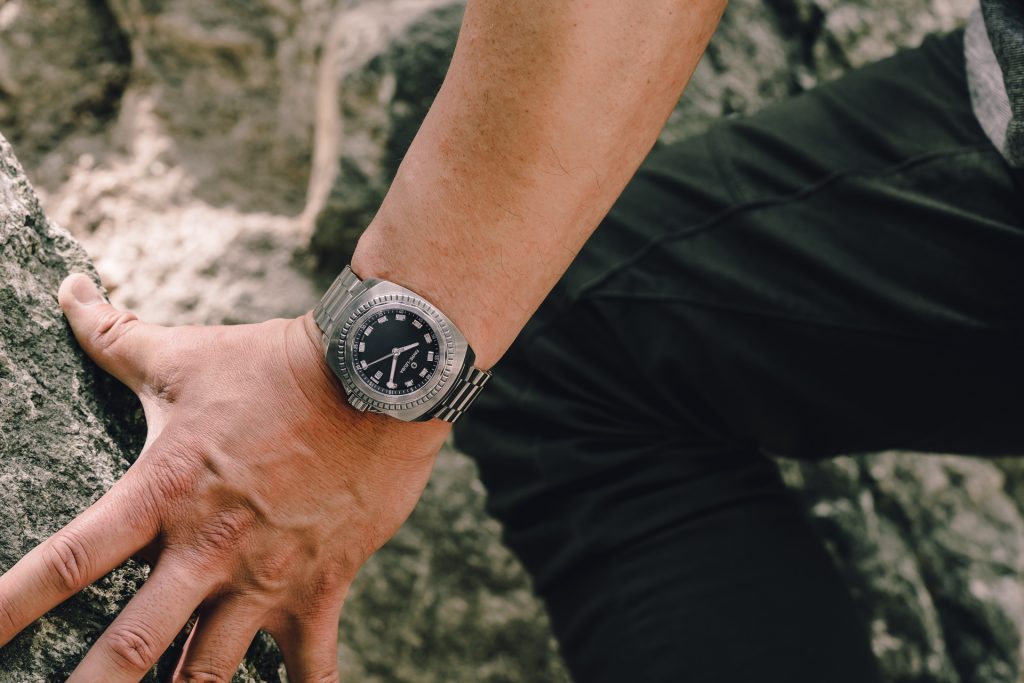
This watch brand has overcome many hurdles throughout its 280 years and has achieved many milestones within the watch industry. Favre-Leuba is still building on their accomplishments for the future with a celebrated fleet of watches already under their belt.
We are now official stockists of Favre-Leuba Watches, to view their collection, click here.
What are your thoughts on the history of Favre-Leuba watches? Let us know in the comments below!

